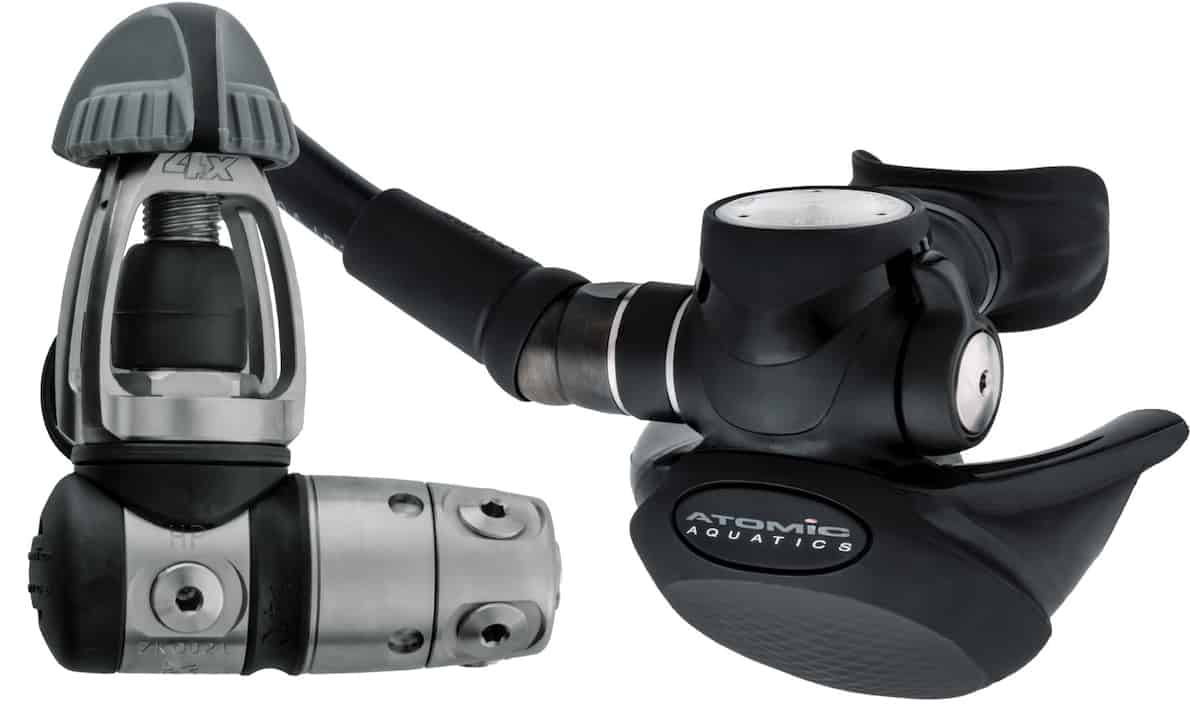The big question is, how will it exhale if you're at high gas density (a deep dive in Nitrox in current)?
How a deep dive can be done in Nitrox?
I you dive at 50m or more, It will be air. Deep air, which Cmas, Bsac and other agencies still consider fully recreational, alongside with "light deco".
Such deep air dives are the real critical test case for a regulator, and this is what the Pilot or the following Air1 was designed for
Now there are folks that pooh-pooh lightly tuned regs, and like a stiffer action. I just happen to disagree. Really strongly. Try swimming back to your buoy line on the Vandenberg in current in Key West at 100ft. You'll drop your stiff breather like a hot potato, once you get back to the boat.
Well, perhaps I am one of those folks.
I like my 109s, modified to BA.
I actually tune them VERY light, with the knob fully out they hiss also outside water.
But with one or more turn on the knob they stop hissing.
I get this tuning not simply screwing in properly the orifice, but also bending the lever, if required.
This way I have still a very minimal gap between lever and diaphrgm.
I usually dive with the knob screwed in. I like to suck the air slowly and with some effort, keep a 5s inspiratory pause and exhaling slowly, with again some effort due to the small valve of the 109.
I learned to breath this way when I started diving, as at the time training was done, for months, using a single-hose pure oxygen rebreather.
This highly controlled respiratory cycle is a good way of preventing to loose control of breathing, as it happens under heavy load, swimming against current, etc.
But when needed, as in the case you cite, I can unscrew the knob and get effortless inspiration (perhaps with some air lost, if swimming against current and if I unscrew too much).
Still exhalation requires some effort. Which is not a bad thing, it keeps on average your lungs at positive pressure, preventing IPE and still forcing you to perform slow deep exhalation, which prevents CO2 accumulation and loss of breathing control.
I fully understand how divers who just "breath normally", following PADI recommendations, with shallow breathing and no inspiratory pause, can prefer (or, better, need) a light-breathing reg with small expiratory effort.
This is one of the typical cases where equipment is called to circumvent a skillness/training problem.
I am fully aware that the 6-months-long introductory diving course done using a CC rebreather is unacceptable nowadays, and that 99% of divers "just breath normally".
So these high performance regs are really useful for them, they can literally save their life.
I posted just for explaining the position of us old divers trained in another way, and why we prefer every day a 109 over a Pilot or its descendents...






